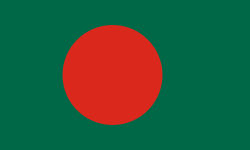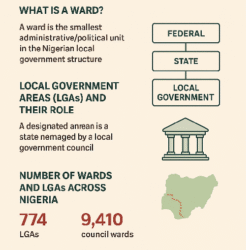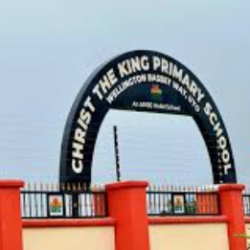1. 8 first‐level administrative divisions
The Bangladesh is divided into eight first‐level administrative divisions, each named after its administrative headquarters city. These divisions come next under the national level, then sub-divided further into smaller units.
2. Hierarchy of Administrative Units
The structure, from higher to lower level, is roughly as follows:
- Divisions (8 total) – highest administrative tier beneath the national government.
- Districts (Zila) – each division is divided into a number of districts; currently 64 districts in total.
- Upazilas (sub-districts, formerly Thana) – districts are subdivided into upazilas. There are around 495 upazilas.
- Unions (Union Parishads) / Wards & Mahallas in urban areas – in rural settings, upazilas are further divided into unions; in metropolitan/urban areas, police station jurisdiction is divided into wards and those into mahallas.
3. The Eight Divisions
Here are the eight divisions with key data:
| Division | Capital | Area (km²) | Approximate population* | Density approx. |
|---|---|---|---|---|
| Barishal Division (formerly Barisal) | Barishal | ~13,225 | ~9.7 million (2021 est) | ~734 /km² |
| Chattogram Division (formerly Chittagong) | Chattogram | ~33,909 | ~34.7 million (2021 est) | ~1,025 /km² |
| Dhaka Division | Dhaka | ~20,594 | ~42.6 million (2021 est) | ~2,069 /km² |
| Khulna Division | Khulna | ~22,284 | ~18.2 million (2021 est) | ~817 /km² |
| Mymensingh Division | Mymensingh | ~10,584 | ~13.5 million (2021 est) | ~1,271 /km² |
| Rajshahi Division | Rajshahi | ~18,153 | ~21.6 million (2021 est) | ~1,190 /km² |
| Rangpur Division | Rangpur | ~16,185 | ~18.9 million (2021 est) | ~1,166 /km² |
| Sylhet Division | Sylhet | ~12,635 | ~12.5 million (2021 est) | ~986 /km² |
*Figures are projections or estimates from available data.
This table confirms and updates many of the values from your provided snippet.
4. Governance & Election Structure
- At the division and district levels, there are no elected officials. These levels are administered by government officials rather than elected representatives.
- At the union (rural) or ward (urban) level, direct elections are held for a chairman or councillor and members. For example, in rural areas each union has a chairperson and several members elected.
- In 1997, Bangladesh passed a parliamentary act reserving seats for women at the union level (three out of twelve in each union) to promote female representation.
5. Significance & Administrative Role
- The divisional and district levels in Bangladesh serve primarily as units of administrative convenience, rather than highly empowered elected governance tiers. The real local-government decision making resides more at lower tiers (union, upazila, city corporation).
- The hierarchical structure aids in managing public service delivery, rural development, urban governance, data collection (via the Bangladesh Bureau of Statistics), planning and coordination across Bangladesh. For example, central ministries often delegate administrative tasks to district and divisional offices.
6. Additional Notes & Trends
- The number of upazilas (~495) and union parishads (~4,500) underscores the density of sub-district governance in Bangladesh.
- Population growth and urbanisation have created high densities, especially in the Dhaka Division and its associated metropolitan region.
- There have been recent administrative adjustments and spelling changes: for example, English spellings of some divisions/districts were updated (such as Chittagong → Chattogram) for consistency with Bengali pronunciation.
- The boundaries and jurisdictions of divisions and districts may evolve over time, and proposals exist for additional proposed divisions.
7. Practical Implications
For anyone working in Bangladesh in governance, development, public administration, or research, these are practical points to note:
- When gathering data or implementing programs, identify the correct administrative unit (division → district → upazila → union) so you know the local context.
- Understanding that elections and local accountability are strongest at union/ward level (not at district or division), so community-level engagement often happens at those tiers.
- When comparing population, area or density across divisions, regional disparities become clear: e.g., Dhaka Division has one of the highest densities.
- Administrative divisions serve as functional regions for planning rather than autonomous political units; so coordination between central and local government remains critical.

In summary, Bangladesh’s administrative architecture is structured to provide a multi-tiered system from national down to village/ward, with eight divisions at the top level, followed by 64 districts, then upazilas, unions and so on. While the divisions give broad regional frameworks, much of the local governance and direct citizen representation takes place at the union/ward level.











